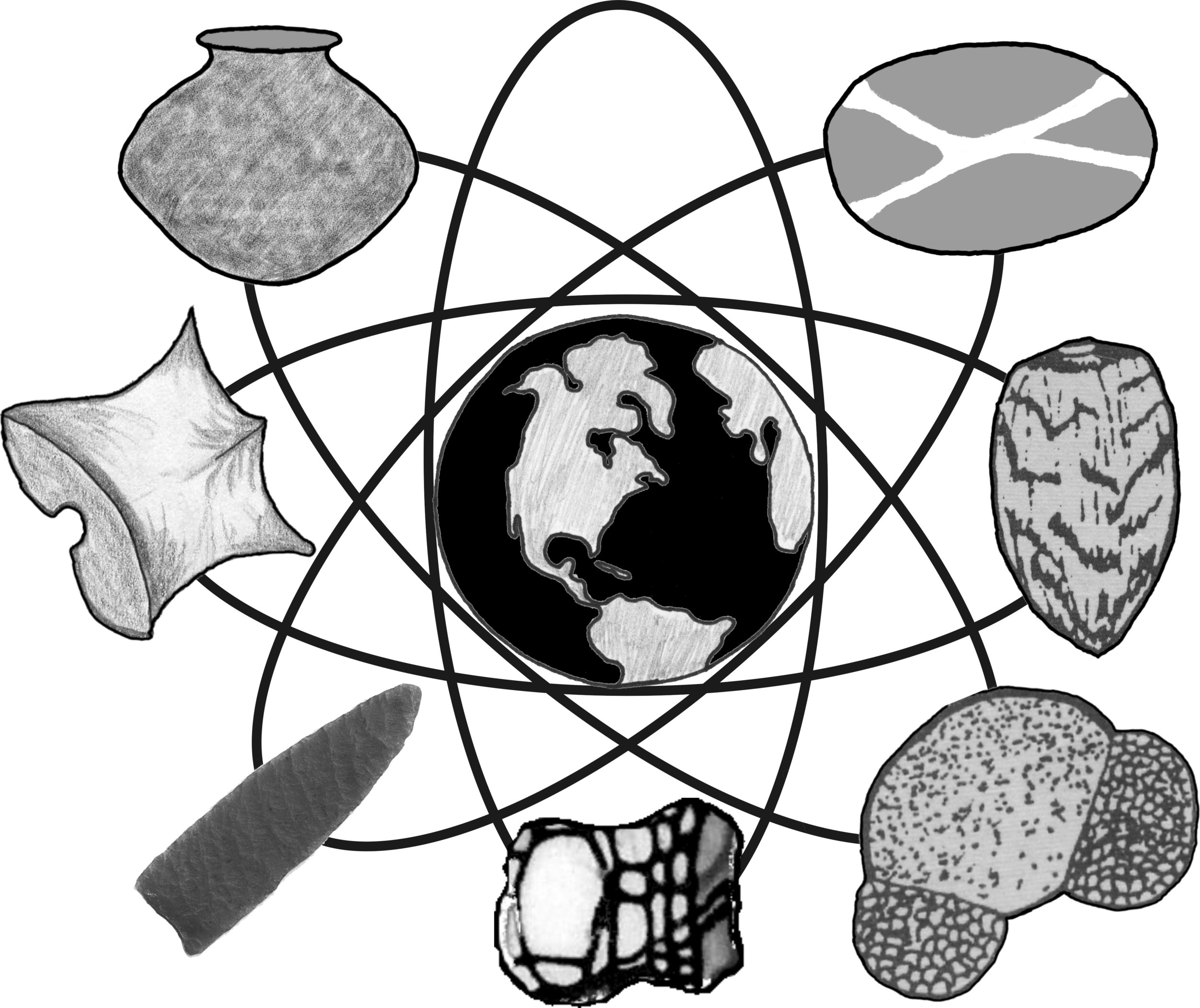Macrofloral
WE ARE ACCEPTING MACROFLORAL SAMPLES ONLY AS PART OF A SUITE OF SAMPLES. WE DO NOT ACCEPT PROJECTS THAT ARE MACROFLORAL ANALYSIS ONLY. We accept macrofloral analyses only when we are also analyzing pollen or phytoliths or identifying charcoal or seeds that we will also radiocarbon date.
Macrofloral remains can be charred or uncharred and include remains such as seeds, charcoal, wood, corn cobs, kernels, and other plant parts. These remains are usually recovered from sediment samples by water flotation or directly from their cultural contexts during excavation. Macrofloral remains can provide evidence for the utilization, processing, or domestication of plant resources by the occupants of an archaeological site, which can help answer questions regarding diet, subsistence, season of occupation, trade, and site function. Macrofloral remains also can provide environmental information. In addition to archaeology, macrofloral analysis is being used in other areas of research including paleoflood studies, paleoseismology, and paleoclimatology to separate and identify charred organic material to submit for radiocarbon analysis, rather than trying to date bulk soil samples.
In archaeological sites, macrofloral remains most often are recovered in cultural features such as hearths, fire pits, thermal features, middens, structure floors, structure fill, rooffall, storage pits, burials, vessels, ash/charcoal lens, extramural activity areas, and others, as well as from cultural strata in stratified deposits. Paleofeces (coprolites) contain macrofloral remains that indicate directly what people (or animals) ate. Some large macrofloral remains such as corn, charcoal, large seeds, and other plant material do not require flotation to remove them from sediment and can be submitted as single specimens for identification. Artifacts such as basketry, textiles, sandals, digging sticks, and roof beams also should be submitted for macrofloral analysis to identify the plant resources used in making these objects.
When collecting flotation samples from archaeological features, a standard sample size is 2 to 4 liters of fill. For large features such as structure floors or deep, stratified roasting pits, multiple samples should be collected. For stratified features, it is important to sample and process each layer separately. Often, this can provide a more detailed record of how the feature was used, rather than mixing the deposits in a single sample.
We process flotation samples using a "bucket" method. One to two liters of each sample is added to approximately 3 gallons of water, then stirred until a strong vortex formed. The floating material (light fraction) is poured through a 150 micron mesh sieve. Additional water is added and the process repeated until all floating material is removed from the sample (a minimum of 5 times). The material which remains in the bottom (heavy fraction) is poured through a 0.5 mm mesh screen. The floated portions are allowed to dry, then examined under a binocular microscope at magnifications of 10-70x. This process is repeated for each one to two liters of sample until the entire sample is floated.
Flotation samples commonly contain both charred and uncharred macrofloral remains. At most sites, only charred macrofloral remains are considered prehistoric. This is because few seeds live longer than a century, and most live for a much shorter period of time. Most uncharred seeds will not survive through common archaeological time spans. It is presumed that once seeds have died, decomposing organisms act to decay the seeds. Sites in caves, water-logged areas, and in very arid areas, however, can contain uncharred prehistoric remains. Interpretation of uncharred macrofloral remains to represent presence in the prehistoric record is considered on a sample-by-sample basis. Extraordinary conditions for preservation are required.

